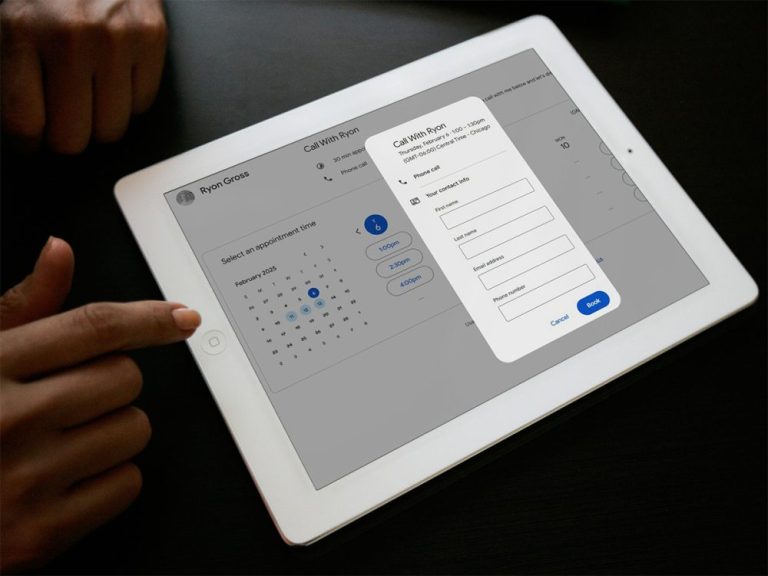How Responsive Web Design Works, & When It Needs to Work Differently

In the Venn diagram of buzzwords and business necessities, responsive design sits squarely in the middle. It sits on the top of the list for website requirements and standard web design features, and a lot of businesses demand it without knowing quite what it is. After all, we all want our websites to be responsive, don’t we? We want interactions, and conversations, and to respond well to customers so they respond well in turn.

But responsive design isn’t about business to consumer responses, or vice versa. It’s about your website’s design responding to the screen size and device constraints that individual audience members are using to reach your site. Your site can afford to look one way on a wide desktop screen, but it needs to rearrange itself for a consumer’s narrow iPhone and also fit larger Android tablets.
Responsive design was primarily created through fluid grids and media queries. The code underlying your website’s design sees your features as a combination of rows and columns. In order to shrink things done and fill the screen with attractive layouts, these methods assigned columns percentages of the total available screen size. Gradually, the system became more refined to know when small was too small and when content should be minimized, knocked down a row or removed altogether.
When do you need responsive design to respond?
The fluid nature of responsive design’s development means the code seems to act a bit intuitively. It rearranges to make do with the available pixels without shrinking too far down. But sometimes you need specific if-then configurations to make your design work just right.
For example, your left-to-right row of product offerings is designed that way for a reason: you want customers to pick the middle option, and they do so primarily because it’s in the middle. You don’t want code trying to make do on different screen sizes. You want a specific, known result for as many different variables as possible so you can reach the right audiences the right way.
That’s where professional web designers step in. We can enable your website with the most up-to-date responsive design features so you can reach your customers on every device. We can also specifically configure key graphical elements so you know exactly what they look like on every screen.




